The primary functions of the Program Area Committee are to analyze mechanisms of interaction of nonionizing radiation with biological systems, including humans, and to identify biological responses and potential human health effects. Evaluations are made of both theoretical and applied aspects of dosimetry and exposure assessment of humans to nonionizing radiation, as well as procedures for mitigating exposure in public and occupational settings. Recommendations are also established on acceptable exposure levels for nonionizing radiation in occupational, medical and public environments.
Membership
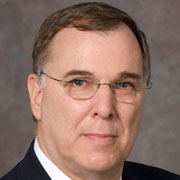
JERROLD T. BUSHBERG
is a Clinical Professor of Radiology and Clinical Professor of Radiation Oncology at the University of California (UC) Davis School of Medicine. He holds the title of Director Emeritus Medical/Health Physics Programs and retired as Associate Chair of the Department of Radiology in 2018. He is currently Chair of the Board of Directors and Senior Vice President of NCRP. He is an expert on the biological effects, safety and interactions of ionizing and nonionizing radiation and holds multiple radiation detection technology patents. With over 40 y of experience, he has served as a subject matter expert and an advisor to government agencies and institutions throughout the nation and around the world, including the U.S. Department of Homeland Security, the U.S. Food and Drug Administration’s Center for Devices and Radiological Health, the World Health Organization, and the International Atomic Energy Agency in the areas of ionizing and nonionizing radiation protection, risk communication, medical physics, and radiological emergency medical management. In 2016, Dr. Bushberg was appointed Vice Chair of the Committee on Man and Radiation, which is a Technical Committee of the Institute of Electrical and Electronics Engineers Engineering (IEEE) in Medicine and Biology Society. In addition, he is an elected member of the IEEE International Committee on Electromagnetic Safety and was recently appointed by the U.S. Health Physics Society as its representative to the International Radiation Protection Organization Committee on Non-ionizing Radiation Safety. Former Commander in the U.S. Naval Reserve, among other assignments, CDR Bushberg served as Executive Officer of the Chemical/Biological/Nuclear Technical Unit 120 Pacific, a highly skilled multidisciplinary military emergency response and advisory team based out of the Alameda Naval Air Station in California. Dr. Bushberg is an elected fellow of the American Association of Physicists in Medicine and the Health Physics Society. He is certified by several national professional boards with specific subspecialty certification in radiation protection and medical physics and served as a Director and Vice Chair of the American Board of Medical Physics from 2018 to 2022. In 2014, Dr. Bushberg was awarded the NCRP Warren K. Sinclair Medal for Excellence in Radiation Science and received the Professor John C. Christiansen Distinguished Alumnus award from Purdue University School of Health Sciences in 2016. Prior to coming to the UC Davis Health System as technical director of Nuclear Medicine, Dr. Bushberg was on the faculty of Yale University School of Medicine Department of Radiology, where his research focused on radiopharmaceutical development. Dr. Bushberg has had responsibility for postgraduate medical education in medical physics, radiation (ionizing and nonionizing) biology, and protection for more than 30 y. The fourth edition of the textbook, The Essential Physics of Medical Imaging, authored by Bushberg, Seibert, Leidholdt, and Boone, is used extensively in radiology residency programs throughout the United States. |
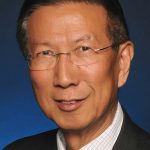
Chung-Kwang Chou
Dr. Chou was on the Board of Directors of the Bioelectromagnetics Society from 1981 to 1984 and an Associate Editor of the Journal of Bioelectromagnetics from 1987 to 2003, and served as the Chairman of the Institute of Electrical and Electronics Engineers (IEEE) / Engineering in Medicine and Biology Society (EMBS) Committee on Man and Radiation from 1996 to 1997, the Co-Chairman of the IEEE Standards Coordinating Committee 28, Subcommittee 4 on RF Safety Standard from 1997 to 2005, the Vice Chairman of the Committee 89-5 of NCRP from 1996 to 1999, and a Council Member of NCRP from 1998 to 2004. Appointed as a Distinguished Lecturer of the Broadcasting Technology Society of IEEE in 2016. Since 2006, he is the Chairman of TC95 of the IEEE International Committee on Electromagnetic Safety, responsible for exposure standards from 0 to 300 GHz. Dr. Dr. Chou has authored 212 peer-reviewed papers and book chapters, and presented 317 conference papers and abstracts, and 250 invited talks. He was a recipient of the First Special Award for the decade (1970 to 1979) from the International Microwave Power Institute in 1981, the Outstanding Paper Award from the Journal of Microwave Power in 1985, the Curtis Carl Johnson Memorial Award from the Bioelectromagnetics Society in 1995, the IEEE Standards Medallion Award in 2005, and the Motorola’s Global Standard Impact Award and the Highest Honor d’Arsonval Medal from the Bioelectromagnetics Society in 2006. He is a Life Fellow of IEEE (Fellow in 1989), a Fellow of the American Institute for Medical and Biological Engineering in 1996 and the Electromagnetic Academy in 2007. In 2020, he received the IEEE Standards Association Lifetime Achievement Award. |
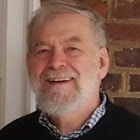
Kenneth R. Foster
|
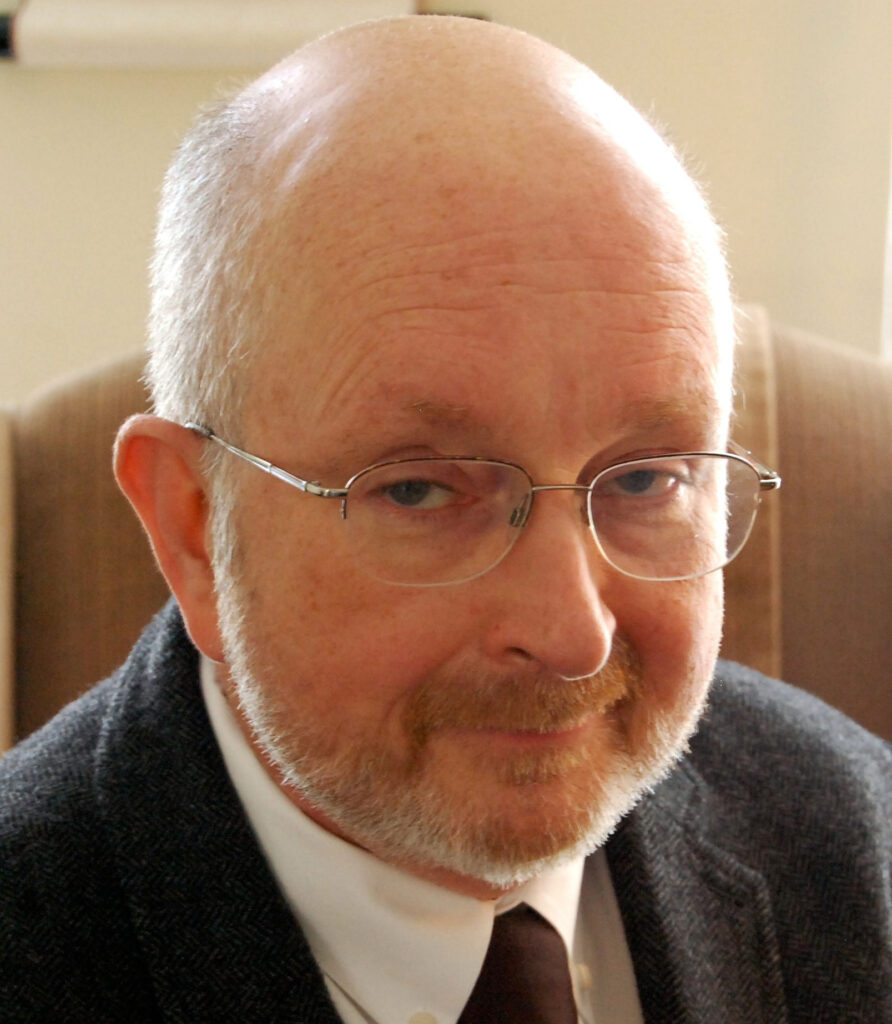
Michael D. O’Hara
has served as the U.S. Food and Drug Administration (FDA) representative on the Advisory Committee on the Medical Uses of Isotopes since November 2014. Dr. O'Hara earned his BA in biology from D'Youville College in Buffalo, an MS in Natural Sciences from the State University of New York at Buffalo, and a PhD in Biological Sciences from Wayne State University in Detroit. He completed a postdoctoral fellowship in the laboratory of Experimental Radiation Oncology at Thomas Jefferson University in Philadelphia. He remained as a faculty member at Thomas Jefferson University Medical College in the Department of Radiation Oncology. He lead research efforts investigating the impact of chemical agents that modify the thermal response of normal and malignant tissues during thermal/radiotherapy and investigated bone marrow transplantation as a method to treat osteogenesis imperfecta. Dr. O'Hara regularly taught an undergraduate course in "Health Physics and Radiation Biology," lectured medical residents, and was a member of the Institutional Animal Care and Use Committee. Dr. O'Hara moved to Cordis [a Johnson and Johnson (J&J) company] to manage the firm's radiation therapy efforts involving radioactive endovascular stents and catheter-based radiation sources. He was promoted to a J&J Research Fellow and continued to assist Cordis and other J&J companies with radiation-based therapies. Dr. O'Hara joined FDA in 2004 in the Division of Biology in the Office of Science and Engineering Laboratories within the Center for Devices and Radiological Health (CDRH). His activities included research studies involving relative biological effectiveness of ionizing radiation and the radiofrequency (thermal) / radiotherapeutic response of human tumor cells. He also served as the chairman of the Animal Care and Use Committee and has served as a member of the Center for Devices and Radiological Health (CDRH) Radiology Standards Committee, the CDRH Radiofrequency Working Group, the Interagency Radiofrequency Working group and the Health and Human Services Radiation Biodosimetry Working Group. Dr. O'Hara served the Office of Device Evaluation and the Office of In Vitro Diagnostics as an Acting Branch Chief and later an Acting Deputy Division Director. He currently serves the Office of In Vitro Diagnostics and Radiological health as one of the Deputy Division Directors of the Division of Radiological Health. This division is responsible for the pre-market evaluation, post-market medical device reporting and compliance for all radiation emitting medical devices.
|
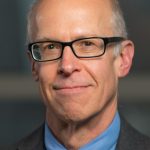
David A. Savitz
He has directed 30 doctoral dissertations and 15 master’s theses. He is the author of over 400 papers in professional journals and editor or author of three books. He has served as editor at the American Journal of Epidemiology and as a member of the Epidemiology and Disease Control-1 study section of the National Institutes of Health and currently is an editor at Epidemiology. He was President of the Society for Epidemiologic Research and the Society for Pediatric and Perinatal Epidemiologic Research and North American Regional Councilor for the International Epidemiological Association. Dr. Savitz is a member of the National Academy of Sciences Institute of Medicine. He came to Brown in 2010 from Mount Sinai School of Medicine, where he had served as the Charles W. Bluhdorn Professor of Community and Preventive Medicine and Director of Disease Prevention and Public Health Institute since 2006. Earlier, he taught and conducted research at the University of North Carolina School of Public Health and at the Department of Preventive Medicine and Biometrics at the University of Colorado School of Medicine. Dr. Savitz received his undergraduate training in Psychology at Brandeis University, a Master’s degree in Preventive Medicine at Ohio State University in 1978, and the PhD in Epidemiology from the University of Pittsburgh Graduate School of Public Health in 1982. |
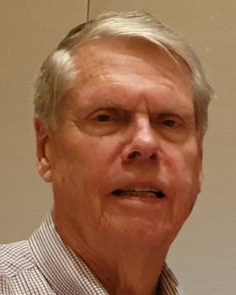
Richard A. Tell
Mr. Tell formerly served as Chair of NCRP Scientific Committee 89-2 that produced NCRP Report No. 119, A Practical Guide to the Determination of Human Exposure to Radiofrequency Fields. He is an elected Life Fellow of the Institute of Electrical and Electronics Engineers (IEEE) and has participated in the IEEE standards development process for RF safety standards since 1970. He is Chair of the IEEE International Committee on Electromagnetic Safety Subcommittee 2 on Terminology, Units of Measurements, and Hazard Communications that developed the first "IEEE Recommended Practice for Radio Frequency Safety Programs, 3 kHz to 300 GHz" as IEEE Standard C95.7. Mr. Tell also serves as the Chair of the IEEE Committee on Man and Radiation. |
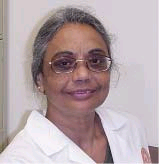
Vijayalaxmi
is a Professor in the Department of Radiology, University of Texas Health Science Center in San Antonio, Texas. After completing her PhD in Southern India, she received a post doctoral fellowship from the World Health Organization for advanced training in cytogenetics in Great Britain. She accepted the position of a senior scientist in British Medical Research Council's Human Genetics Unit in Scotland and continued to work there for 10 y. During this time, she was invited as guest scientist in the Department of Radiation Genetics and Chemical Mutagenesis in Netherlands and in the Department of Human Genetics in the University of Heidelberg in Germany. Then she moved to Switzerland to work in the Swiss Federal Radiation Research Institute for 2 y. She relocated to Memorial Sloan Kettering Cancer Center in New York for 2 y. Since 1993, she is in San Antonio focusing her research on the biological/genetic effects in animal and human cells exposed to nonionizing radiation radiofrequency fields. |
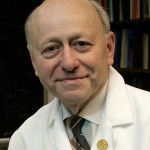
MARVIN C. ZISKIN is a Professor of Radiology and Medical Physics at Temple University Medical School, Philadelphia, Pennsylvania. He also is the Director of the Temple University Center for Biomedical Physics. Dr. Ziskin is a pioneer in the field of medical ultrasound. Starting in 1965, he has been involved with developing ultrasound as a useful diagnostic modality. All along, he has been particularly concerned with its safety, especially with respect to fetal imaging. He served for 20 y on the NCRP Scientific Committee (SC) 66, the committee, under Dr. Wesley Nyborg, that prepared the three authoritative NCRP volumes on the biological effects of ultrasound and exposure criteria for diagnostic ultrasound. Dr. Ziskin served as the President of the American Institute of Ultrasound in Medicine from 1982 to 1984 and as the President of the World Federation of Ultrasound in Medicine and Biology from 2003 to 2006. In the past 20 y, he has also been involved with the safety of nonionizing electromagnetic fields. He serves as the Co-Chairman of the Institute of Electrical and Electronics Engineers, Inc. (IEEE) International Committee on Electromagnetic Safety SC-4, the committee responsible for the IEEE standards on the safety of radiofrequency electromagnetic exposures. Dr. Ziskin has authored or co-authored seven books and over 250 scientific publications. He has received numerous awards, including the 2011 D'Arsonval Award, the highest award of the Bioelectromagnetics Society. |
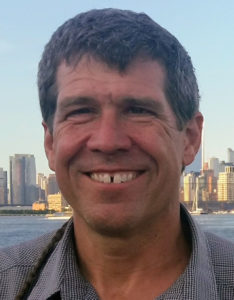
Matthew J. Butcher
is a Professional Engineer and the principal of Sublight Engineering. Trained in electrical engineering, he has 30 y experience, primarily in radio frequency (RF), electrical, and computer engineering. His RF work includes human exposure assessment, wireless network design, and interference assessment and mitigation. Sublight Engineering specializes in measuring, modeling, providing guidance on, and developing standards for human exposure to RF. Since 2000, Mr. Butcher has been working with industry, government, workers, and members of the public on how to better communicate RF risks and benefits and to update and clarify standards related to RF exposure. As a Senior Member of the Institute of Electrical and Electronics Engineers (IEEE) and the International Committee on Electromagnetic Safety, Mr. Butcher has helped develop the standards for the safe use of electromagnetic energy in the range of 0 Hz to 300 GHz. He is the co-chair of subcommittee 1 on Techniques, Procedures, and Instrumentation, responsible for C95.3 - IEEE Recommended Practice for Measurements and Computations of Radio Frequency Electromagnetic Fields With Respect to Human Exposure to Such Fields. Under his leadership, both groups have made substantial progress updating these documents. He also serves on the U.S. National Committee of the International Electrotechnical Commission for TC106: Methods For The Assessment Of Electric, Magnetic, And Electromagnetic Fields Associated With Human Exposure. He is on the board of the Association of Federal Communications Consulting Engineers and is licensed in 12 states. |


 is an independent consultant on electromagnetic field safety issues. Before retirement, he held faculty positions at the Department of Rehabilitation Medicine and the Center for Bioengineering, University of Washington, 1977 to 1985. From 1985 to 1998, he was a Research Scientist and the Director of the Department of Radiation Research with the City of Hope National Medical Center, Duarte, California. In 1998, he joined Motorola, and became the Director of the Corporate EME Research Laboratory in Fort Lauderdale, Florida. He was the Chief EME Scientist with Motorola and Motorola Solutions from 2001 to 2013, where he was responsible for radiofrequency (RF) product safety. Since 1971, his research has been on the biological effects and medical applications of electromagnetic energy.
is an independent consultant on electromagnetic field safety issues. Before retirement, he held faculty positions at the Department of Rehabilitation Medicine and the Center for Bioengineering, University of Washington, 1977 to 1985. From 1985 to 1998, he was a Research Scientist and the Director of the Department of Radiation Research with the City of Hope National Medical Center, Duarte, California. In 1998, he joined Motorola, and became the Director of the Corporate EME Research Laboratory in Fort Lauderdale, Florida. He was the Chief EME Scientist with Motorola and Motorola Solutions from 2001 to 2013, where he was responsible for radiofrequency (RF) product safety. Since 1971, his research has been on the biological effects and medical applications of electromagnetic energy. is Professor of Epidemiology in the Brown University School of Public Health, with a joint appointment in Obstetrics and Gynecology in the Alpert Medical School. His epidemiological research has addressed a wide range of many important public health issues including environmental hazards in the workplace and community, reproductive health outcomes, and environmental influences on cancer. He has done extensive work on health effects of nonionizing radiation, pesticides, drinking water treatment byproducts, and perfluorinated compounds.
is Professor of Epidemiology in the Brown University School of Public Health, with a joint appointment in Obstetrics and Gynecology in the Alpert Medical School. His epidemiological research has addressed a wide range of many important public health issues including environmental hazards in the workplace and community, reproductive health outcomes, and environmental influences on cancer. He has done extensive work on health effects of nonionizing radiation, pesticides, drinking water treatment byproducts, and perfluorinated compounds. News & Events
News & Events